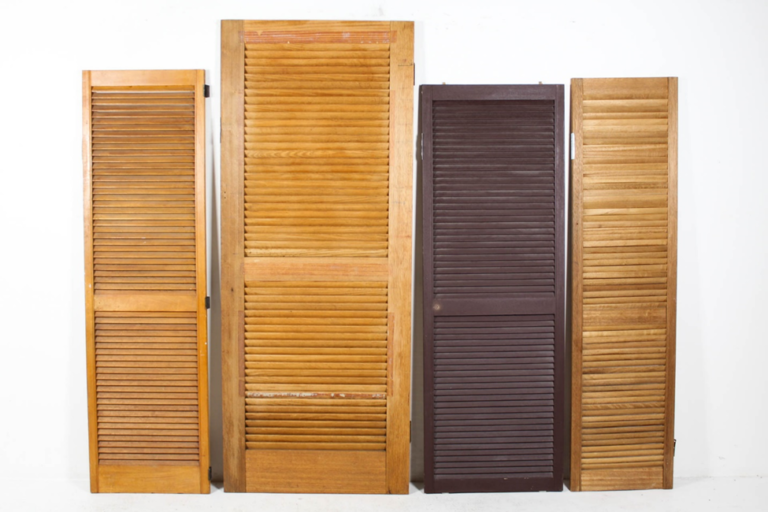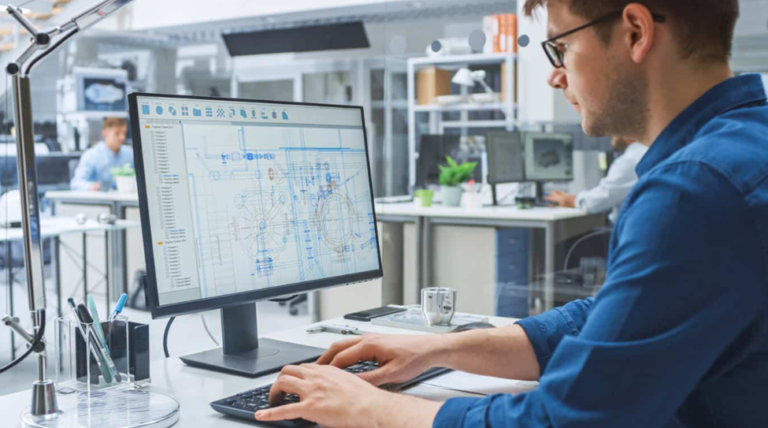Vacuum-Insulated Panels and PCMs: A New Era in Building Efficiency
In the modern age, energy efficiency is becoming more and more crucial. Buildings demand a lot of energy daily. This led to in the demand for improved insulation. Two novel materials have gained popularity: vacuum-insulated panels (VIPs) and phase-change materials (PCMs). They contribute significantly to energy efficiency.


What are Vacuum-Insulated Panels (VIPs)?
Vacuum-insulated panels are powerful insulating materials. They feature an airproof covering around the core. This produces a vacuum within the panel. The vacuum significantly restricts heat transmission. VIPs are well-known for their excellent insulation properties. They are considerably thinner than standard insulating materials.
How VIPs Work in Buildings
Vacuum-insulated panels provide excellent thermal insulation. This reduces heat loss in buildings. The panels help maintain indoor temperatures efficiently. They are ideal for spaces where insulation thickness is limited. VIPs offer the same insulation as thicker conventional materials. This helps maximize usable space in buildings.
What are Phase-Change Materials (PCMs)?
PCMs are materials that both absorb and release heat. They do this as they transition between phases. PCMs switch between solid and liquid phases. They absorb heat as they melt. When they solidify, heat is released. This makes PCMs effective in regulating temperature.
How PCMs Work in Buildings
PCMs help to keep indoor temperatures stable. They absorb extra heat during the day. At night, they expel the stored heat. This technique minimizes the need for artificial heating and cooling. PCMs can drastically reduce energy consumption in buildings. They provide better thermal comfort for building occupants.
The Importance of Energy Efficiency in Modern Buildings
Energy efficiency is essential in modern building design. Buildings account for a major share of world energy use. Reducing this energy consumption contributes to minimize carbon emissions. VIPs and PCMs play critical roles in accomplishing this goal. These materials lessen the need for heating and cooling systems. This results in decreased energy bills and a reduced environmental effect.
Why VIPs are Important in Modern Construction
VIPs offer outstanding insulation in a slim form. It allows for thinner walls with higher insulating qualities. VIPs are particularly appropriate for high-performance structures. They can be installed in walls, floors, and roofs. VIPs have a long lifetime. It makes them an affordable option for long-term energy conservation.
Why PCMs are Important in Modern Construction
PCMs provide variable control of temperature. They assist in regulating interior temperatures naturally. This decreases the demand on cooling and heating systems. PCMs can be incorporated into walls, ceilings, and flooring. They conserve thermal energy throughout the day and discharge it at night. It enables one to keep a consistent indoor temperate across the day.
Combining VIPs and PCMs in Buildings
Using VIPs and PCMs together creates highly energy-efficient buildings. VIPs reduce heat loss, while PCMs regulate temperature fluctuations. This combination leads to a comfortable indoor environment. It also significantly reduces energy consumption. These materials work together to enhance building performance.
Sustainability and Environmental Impact
VIPs and PCMs help to green building practices. VIPs minimize the amount of insulation material required. This results in less waste and more efficient resource utilization. PCMs lower the amount of energy used to heat and cool. This reduces emissions of greenhouse gases. Both materials contribute to the development of environmentally friendly structures with a lower carbon footprint.
Challenges and Limitations of VIPs
VIPs are extremely effective, but can be costly. They cost more than typical insulating materials. Their fragility also limits their usefulness. VIPs are readily punctured, limiting their usefulness. Proper handling and installation are critical for retaining their insulating qualities.
Challenges and Limitations of PCMs
PCMs have a few limitations. They tend to be pricey, particularly modern PCMs. PCMs’ heat storing capacity can decrease with time. This might reduce their efficiency. Additionally, incorporating PCMs into construction materials demands careful preparation. Proper design is essential for maximizing their thermal benefits.
Future of VIPs in Construction
Despite the hurdles, VIPs have a bright future. Manufacturing advances may lower costs. As energy efficiency becomes a priority, the need for VIPs will grow. New uses and technologies will continue to appear. VIPs are likely to play a key role in next-generation green buildings.
Future of PCMs in Construction
The future of PCMs looks equally promising. Ongoing research aims to improve their performance. New types of PCMs are being developed. These materials may become more cost-effective over time. PCMs could become a standard component in energy-efficient building designs.
VIPs and PCMs in Net-Zero Energy Buildings
Net-zero energy buildings generate exactly the same energy as they consume. VIPs and PCMs are appropriate for reaching this objective. VIPs minimize transfer of heat, whereas PCMs regulate variation in temperature. Collectively, they help to reduce energy use. This makes them vital elements in future net-zero building initiatives.
Government Support for Energy-Efficient Materials
Numerous countries promote energy-efficient architecture. They offer incentives to use materials such as VIPs and PCMs. These policies encourage builders to use sustainable techniques. As a result, the demand for VIPs and PCMs is increasing significantly. This tendency is likely to continue in the future years.
Conclusion
VIPs and PCMs are critical components in modern building construction. They improve energy efficiency and minimize environmental effect. VIPs offer excellent insulation in a tiny package. PCMs help to naturally manage indoor temperatures. Together, they make buildings more pleasant and environmentally sustainable. The importance of these materials will only increase in the future.
FAQ’s
What are Vacuum-Insulated Panels (VIPs) and how do they work?
How do VIPs improve energy efficiency in buildings?
Can VIPs and PCMs be used together in building construction?
What is Phase-Change Materials (PCMs) and how do they benefit buildings?
What are the main challenges of using VIPs and PCMs in buildings?






